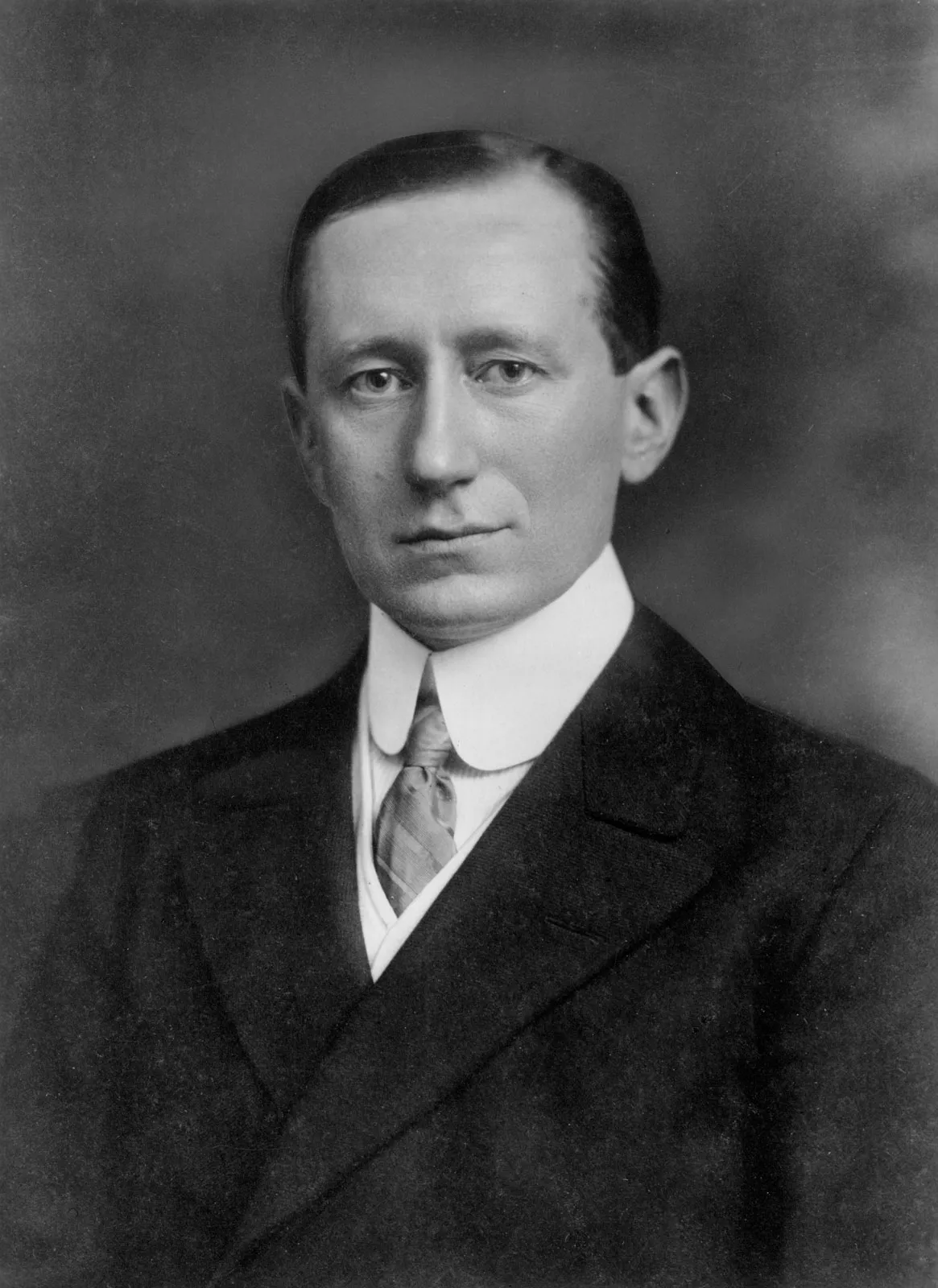Guglielmo Marconi, the Italian inventor and electrical engineer, is widely recognized as the father of wireless communication. Born on April 25, 1874, in Bologna, Italy, Marconi’s groundbreaking work in radio transmission revolutionized long-distance communication and laid the foundation for modern telecommunications. In this SEO blog, we delve into Marconi’s life, his pioneering inventions, and his lasting impact on the world of technology.
Early Life and Education:
Guglielmo Marconi was born into a family of nobility with a passion for science and innovation. From a young age, he displayed a keen interest in electricity and telegraphy, inspired by the experiments of renowned scientists such as Michael Faraday and Heinrich Hertz. Despite limited formal education, Marconi’s insatiable curiosity and hands-on experimentation fueled his quest to unlock the secrets of wireless communication.
Invention of the Wireless Telegraph:
In 1894, at the age of 20, Marconi successfully developed the first practical system of wireless telegraphy, which allowed for the transmission of Morse code signals over long distances without the need for wires or cables. Building upon the pioneering work of Hertz and others, Marconi’s invention utilized electromagnetic waves to carry messages through the air, overcoming the limitations of traditional wired telegraph systems.
Transatlantic Wireless Transmission:
Marconi’s most famous achievement came in 1901 when he succeeded in transmitting the first transatlantic radio signal across the Atlantic Ocean, from Poldhu in Cornwall, England, to Signal Hill in St. John’s, Newfoundland. This historic feat demonstrated the feasibility of long-distance wireless communication and marked a significant milestone in the development of radio technology.
Commercialization and Expansion:
Following his transatlantic success, Marconi established the Marconi Wireless Telegraph Company to commercialize his inventions and expand the reach of wireless communication. His wireless telegraph systems were quickly adopted by shipping companies, governments, and military organizations around the world, revolutionizing maritime communication and enhancing safety at sea.
Nobel Prize and Legacy:
In recognition of his contributions to the field of wireless telegraphy, Marconi was awarded the Nobel Prize in Physics in 1909, becoming the first person to receive the prestigious honor for achievements in the field of telecommunications. His pioneering work laid the groundwork for modern radio, television, radar, and other wireless technologies that have transformed the way we communicate and interact with the world around us.
Continued Impact and Relevance:
Despite the passage of over a century since Marconi’s groundbreaking experiments, his legacy continues to resonate in the digital age. The principles of wireless communication that he pioneered remain fundamental to modern telecommunications networks, including mobile phones, satellite communication, and the Internet of Things (IoT). Marconi’s vision and innovation have shaped the world we live in today, connecting people across continents and bridging the gap between nations and cultures.
Conclusion:
In conclusion, Guglielmo Marconi’s contributions to the field of wireless communication have left an indelible mark on human history. His groundbreaking inventions and pioneering spirit have paved the way for the development of modern telecommunications, enabling instant communication and connectivity on a global scale. As we celebrate his legacy, let us remember Marconi as a visionary inventor whose genius and determination have forever changed the way we communicate and interact with the world.





